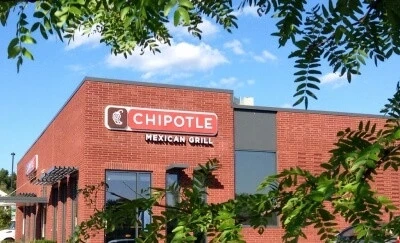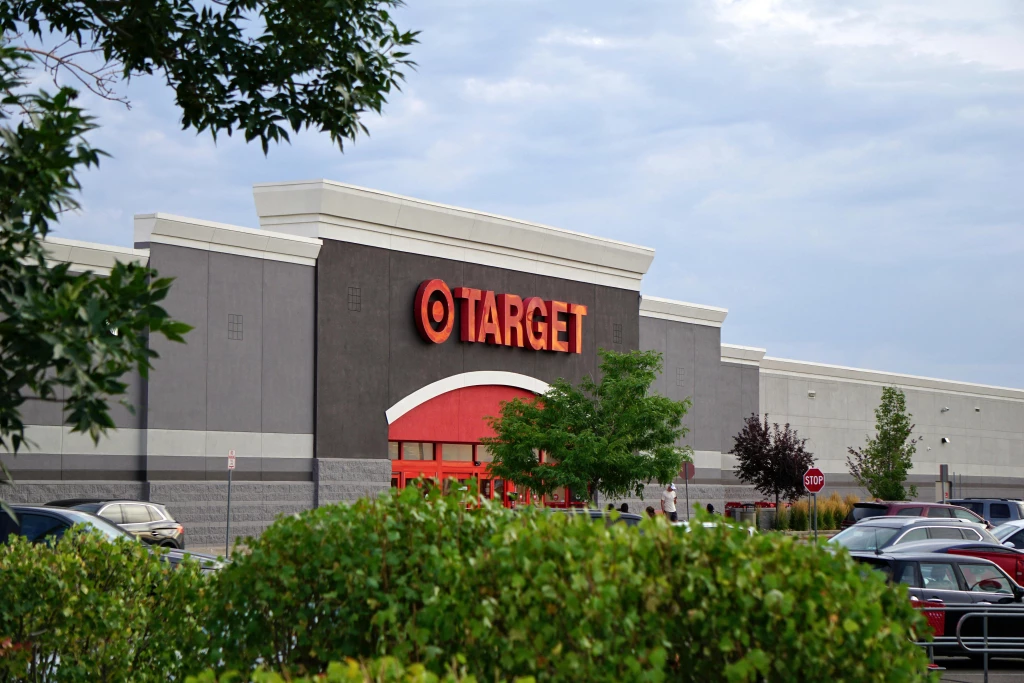How Chipotle Regained Customer Trust After the E. Coli Outbreak in 2015
Add bookmark
On the heels of a 2015 food safety crisis involving an E. Coli and norovirus outbreak, Chipotle struggled to regain consumer trust. After the fast-casual restaurant chain closed 43 locations in Washington and Oregon, federal officials declared the outbreak over in February 2016, but the brand did not recover easily.
Profits fell 44 percent and shares were down by 40 percent in 2018 as consumers reeled from the foodborne illness scandal, which ran counter to the company’s mantra of sourcing fresh, high-quality ingredients.
 “That was the story that was out in the world, and obviously it didn’t fill us with confidence,” Paul Kirks Hay, president at Venables Bell + Partners, said at a recent event in New York City. “But we started to dig underneath and look at what reasons there were to be optimistic about the potential to turn this business around.”
“That was the story that was out in the world, and obviously it didn’t fill us with confidence,” Paul Kirks Hay, president at Venables Bell + Partners, said at a recent event in New York City. “But we started to dig underneath and look at what reasons there were to be optimistic about the potential to turn this business around.”
Chipotle launched an enhanced food safety program, which included DNA-testing ingredients before they’re shipped to restaurants, changes to food prep and handling practices, and offering paid sick leave to disincentivize sick employees from working.
The brand had always been declarative about sourcing fresh ingredients since its 1994 founding in Denver, CO, way before “ethical supply chain” and “quick-service restaurant” were ever used in the same sentence. But it was time for Chipotle to play up not only the purity of the ingredients, but how the food is made – in-house, fresh, using proper culinary techniques, unlike most QSRs that rely on frozen ingredients.
RELATED: Join our FREE upcoming online event to earn a certificate as a CX Leader
Before, Chipotle’s marketing strategy was to flood the market with “promo and BOGO-type offers” which, according to CMO Chris Brandt “did not drive traffic. Chipotle had not been driving traffic for the last two years.”
The company decided to double down on its unique value proposition: fresh ingredients and restaurant-style food prep techniques that defied categorization as a QSR or a fast food chain, putting Chipotle in what Brandt calls “a category of one.”
 “Chipotle looks more like a farmer’s market in the morning than any other restaurant I’ve been involved with, and I’ve been in the food business for 20-plus years,” said Brandt, former CMO at Taco Bell.
“Chipotle looks more like a farmer’s market in the morning than any other restaurant I’ve been involved with, and I’ve been in the food business for 20-plus years,” said Brandt, former CMO at Taco Bell.
“When you see the bags of onions and crates of avocados and romaine lettuce coming in, and the team uses culinary skills to prep that stuff for the opening before lunch – it is an amazing thing to see.”
After a PR crisis of career-ending proportions, Chipotle sought to be transparent with its customers. The restaurant chain changed its tagline from ‘As Real As It Gets,’ which Brandt felt was too sales-y, to ‘For Real.’ The marketing team tapped Oscar-winning director Errol Morris (The Act of Killing) to spend two weeks in Chipotle’s kitchens filming a docu-style commercial. To go with its new down-to-earth tagline, 'For Real,' the company launched a campaign called 'Behind the Foil' to take consumers behind the curtain and into Chipotle's kitchens.
Morris hung around restaurant workers asking them questions while they worked, and also captured footage of the farmers that do business with Chipotle.
“Our job isn’t to export people and take you to this adland where everything is perfect and inspiring,” said Kirks-Hay, who worked with Brandt and Morris on the ad concepts. “It’s actually to transport you back to the restaurant, because if we can show the raw true differences that Chipotle has then surely it will stand apart from everyone else.”
RELATED: Read CCW Digital's top CX trends of 2024
As part of the 'Behind the Foil' push, the brand showcased all 51 of its ingredients on a billboard in Times Square, ran a two-hour live feed on its Facebook page from the kitchen of a restaurant in Irvine, CA so fans could watch employees chop peppers and onions and stir the ingredients for pico de gallo, and hosted a spelling bee at the 2019 Scripps National Spelling Bee.
 (Image credit: Chipotle)
(Image credit: Chipotle)
Chipotle reps asked kids to spell complex ingredients found at other restaurants, like carrageenan and dimethylpolysiloxane along with one simple, real ingredient from Chipotle.
The turnaround appears to have worked. In July, the New York Times reported that the chain’s stock had reached a high of $759, “surpassing the mark it set in August 2015, not long before the crisis began” under the helm of new CEO Brian Niccol. Similarly, Money.com reported in May that Chipotle had become the second-highest performing stock on the S&P 500.
RELATED: Download our report on how to use AI to bolster customer loyalty
In addition to furthering its strategy of becoming more culturally relevant through ‘Behind the Foil’ and celebrating the LGBTQ community, the brand has ramped up its digital customer experience by partnering with DoorDash to offer delivery at 95 percent of its chains.
“We’re lucky that at Chipotle half of our consumers are Gen-Z and Millennials, so they really want to access the brand via digital,” said Brandt. “A secret weapon that Chipotle had even in the early days was they built a second make line in the back [...] and we’ve turned that into a digital make line.”























